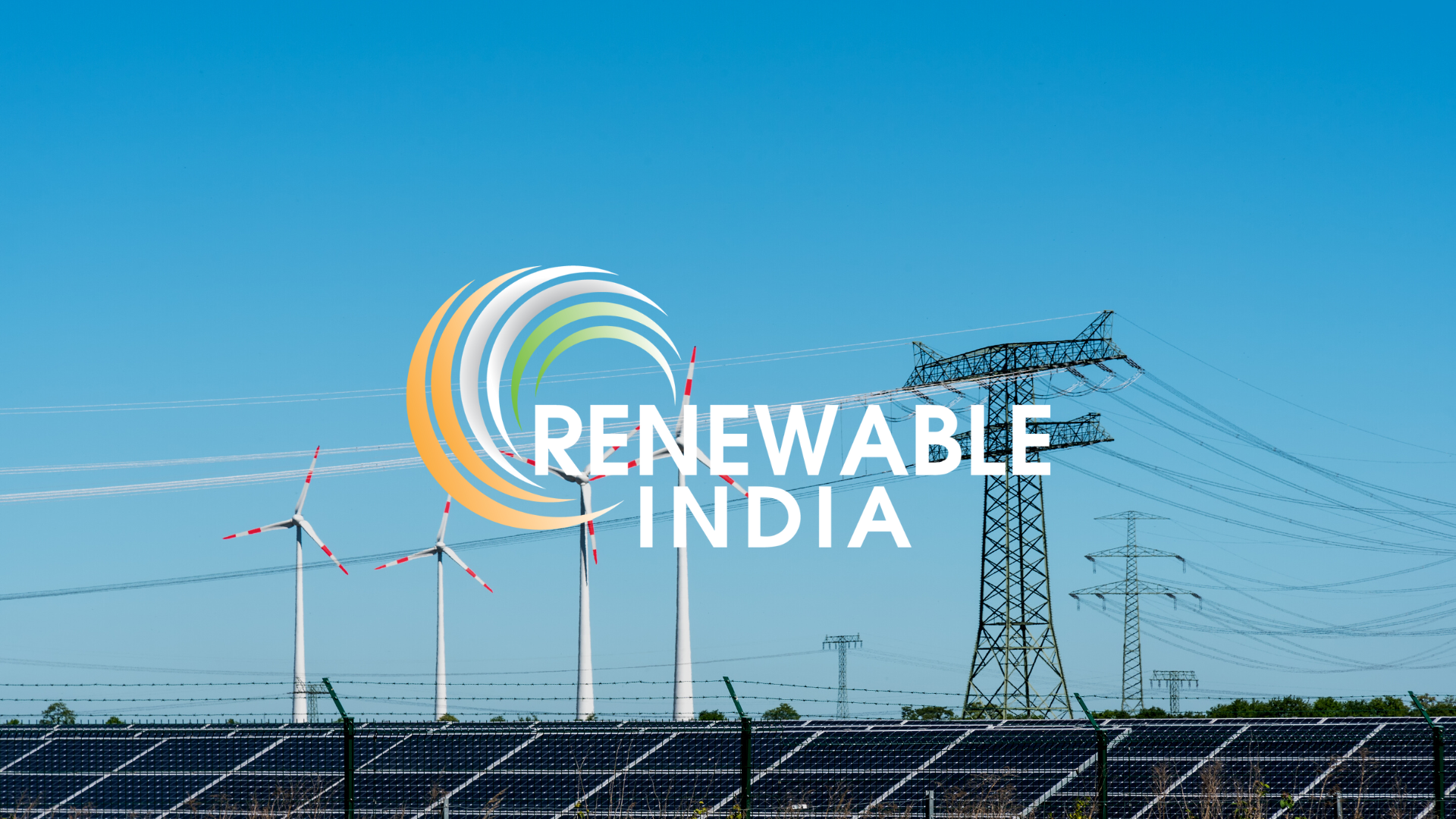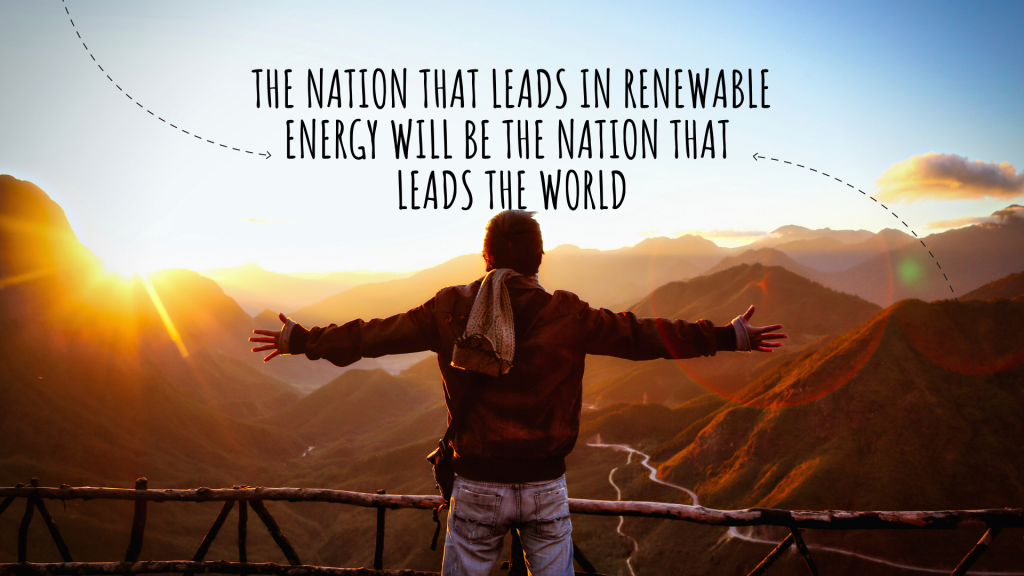
India’s renewable energy commitments include to create 15 MMT production capacity of compressed biogas by 2024, achieve 20 per cent ethanol blending in petrol by 2025-26 and enhance energy efficiency in agriculture, buildings, industry and transport sectors and promote energy-efficient appliances and equipment to reduce country’s emissions intensity of GDP by 33-35 per cent over 2005 levels by 2030.
India is the biggest democracy in the world. With the world’s second-largest population that is soon to surpass China for the top spot. As expected, such figures put immense pressure on the energy sector. Which has to sustain the growth of commercial, industrial, and individual development.
In such an energy-dense environment, you can’t rely on a system that relies solely on fossil fuels for its energy requirements. Since it results in high energy costs, as well as environmental impacts. We already have the unfortunate honor of housing 18 out of the 20 most polluted cities in the world.
Moreover, unexpected international incidents can often put these supply chains at risk. Like we are witnessing even now. As we try to get past the sustained pandemic and move back to being a productive economy and nation.
In these situations, it is crucial to have a comprehensive network of renewable energy production systems. That can take the load off the existing grid, and reduce our reliance on foreign oil.
This will not only help reduce our carbon footprint. But also give us more independence in international forums. Thankfully, the government understands the importance of this proposition as well. This is why India has made a lot of commitments in the field of renewable energy.
We are here to take an overview of India’s renewable energy commitments in all the different types of renewable energy sources. As well as how the ground reality is matching up to the promises made.
The Paris Agreement was the first time when the entire world got together and faced the reality of climate change. After years of climate denial, even the major oil-producing nations had to recognize the existence of global warming. In an act of solidarity, aimed at promoting a better future, 196 countries signed a legally binding international treaty.
The treaty, also known as the Paris Agreement, set out a global framework for sustainable development. One which aimed at the reduction of greenhouse gas emissions. By adopting climate-neutral technologies for transport and energy production.
The overall aim is to keep global warming below 2°C. While officially, the goal is to limit it to 1.5°C. But whether we will be able to accomplish that is still debatable. As not a lot of countries have honored the pace set out by the agreement. Thankfully, India doesn’t seem to be one of them.
In Paris, India had initially promised that we would make specific investments in renewable energy. To where, we could begin to source 40% of all installed energy capacity from renewable energy sources, by 2030. This will include a healthy combination of solar, wind, hydro, biomass, and nuclear energy plants.
So far, we seem to be on the right course. As, in 2021 alone, we had already reached 101.53 GW of installed renewable energy capacity. This easily represents almost 38% of the overall installed power capacity in our nation. This in itself is a big achievement for a nation that has been dependent on coal since long before independence. However, the government is not satisfied with this alone.
Advantages of Renewable Energy

Even though we are more than half a decade away from our initial target date. The government has already achieved most of what it promised in terms of renewable energy installation. India is the fourth biggest market for renewable energy investment. As of 2020, we already have the fourth largest installed capacity in wind power and fifth largest in solar. Which combined with the rest to make us the fourth biggest country, in terms of global installed capacity in renewables.
This translates to an average CAGR of 17.33% between 2016 and 2020. To continue building on this momentum, the government has recently updated its renewable energy commitments. The short-term target has been increased to 227 GW of renewable energy capacity by the end of 2022. This easily exceeds our goal for the Paris Agreement, in just one year. The increased load is expected to be shared by solar and wind, with 114W and 67W capacity addition respectively.
The long-term goal has also been updated to 500 Gigawatts (GW) by 2030. It was initially set to 450GW only, but the Prime Minister revised the target to 500 at Glasgow COP26. He also claimed that the country would achieve net-zero carbon emissions by 2070.
This is a harder claim to meet since he also supported China in watering down the restrictions on coal-based energy. Initially, the goal was to ‘Phase Out’ coal-based energy, but now the target is to just ‘Phase Down’ production. A promise which will be hard to keep since both China and India are actually adding more coal capacity.
This increase in energy production is a good thing for our country. As our energy requirements continue to outpace our production capacity. Even at the current pace, India’s power demand is expected to grow to over 800 GW by 2030. If we are to continue our shift towards a carbon-neutral economy, we need at least that much installed capacity, or more.
So far, we are only targeting about 522GW, which includes around 140GW of wind and 280GW of solar. To reach this, we will need to install 25GW of solar capacity every year. Unfortunately, according to the Central Electricity Authority (CEA), for now, we are averaging just 1GW of renewable energy capacity a month. We will need to really ramp it up to meet the goals we have set.
One way to make it happen is to spread awareness regarding rooftop solar. The government has announced a ‘Rooftop Solar Programme Phase II’, which will encourage the adoption of this technology through subsidies. The plan is to focus heavily in rural regions, with a target of installing around 4,000 MW of rooftop solar in the residential sector alone, by 2022.
Apart from wind and solar, hydro energy is also a big source of utility-scale power. The government is hoping to add another 73GW of installed energy capacity through Hydro projects in the same time frame. With new projects being planned at feasible locations.
In addition to energy production, there is also a focus on improving transportation and cooking fuels. With a plan to create 15 MMT of biogas production capacity by 2024. By setting up 5,000 compressed biogas plants across India. This will also help us take care of our landfill issues. As the plastics leftover from sorting the organic waste can also be recycled.
If we manage to get all these systems put in place. India will be in a position to cut down our carbon dioxide emissions by 1 billion tons. This will go a long way towards reaching the goal of becoming an energy-independent society. Where all our energy needs are met, in a completely sustainable way.
Leave a Reply